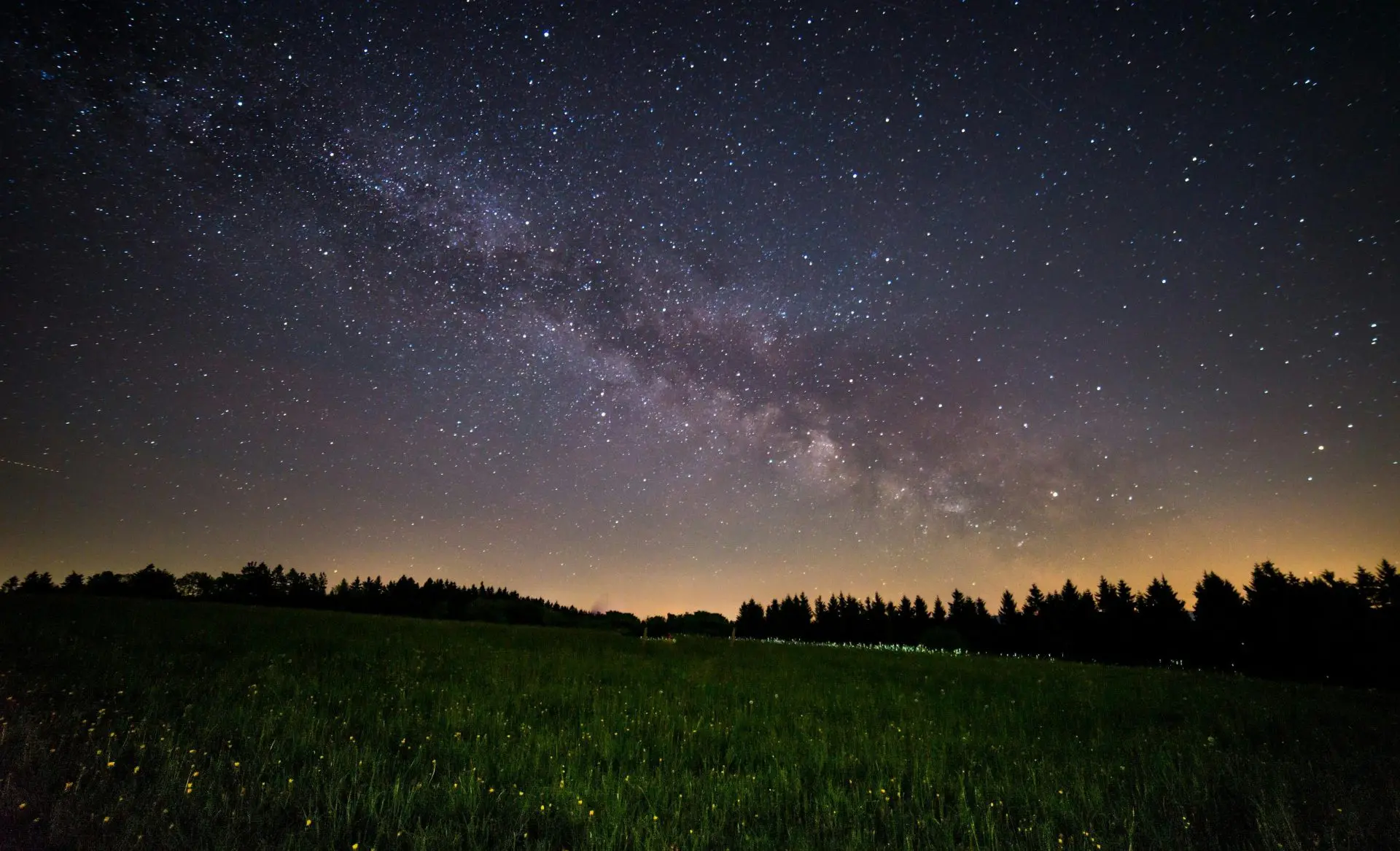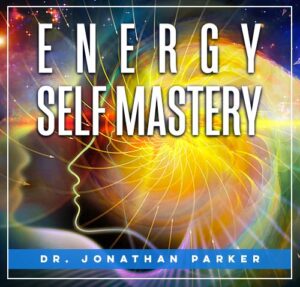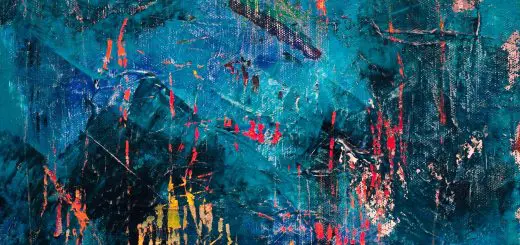Ley Lines: Earth’s Mysterious Energy Grid

Looking for more amazing products? Check out our online store and explore our collection here! Happy shopping!
Before diving in, please note: This post is for informational purposes only. If you’d like to know more about how we approach topics, feel free to check out our friendly Disclaimer Page.
Hey there, amazing readers! 
We’re committed to delivering quality posts, and your support (even just sticking around despite the ads) means everything to us. So, bear with us, and thanks for helping us keep the good vibes rolling. Now, on to the fun stuff!
TRANSLATE BUTTON AT THE END OF THE ARTICLE
A Quick Overview
Ley lines have fascinated people for centuries.
These mysterious alignments have sparked curiosity, wonder, and a fair dose of skepticism.
In essence, ley lines are straight paths that connect various points of significance, often ancient sites, monuments, or natural landmarks.
The idea is that these lines form an invisible grid across the Earth, channeling energy and perhaps even holding clues to our planet’s past.
Let’s embark on a journey to discover what ley lines are all about.
What Are Ley Lines? A Quick Overview of Their Concept
At the core, ley lines are thought to be straight lines that link various significant locations across the landscape.
Imagine drawing a straight line on a map that connects Stonehenge to the Great Pyramid of Giza.
According to the ley line theory, these lines are not just arbitrary; they are said to conduct energy that can influence the environment and the people who dwell within it.
Some enthusiasts believe that ley lines are channels of Earth’s energy, akin to veins running through our planet.
These pathways aren’t just limited to ancient structures; they can include natural features like mountains, rivers, and sacred sites.
The concept suggests that the ancients might have built their monuments along these lines intentionally, tapping into the Earth’s power.
Moreover, ley lines can be of two types: major and minor.
Major ley lines are often associated with well-known sites, whereas minor ley lines connect less prominent locations.
The belief is that these lines create a web of energy that can enhance spiritual experiences or healing practices.
In recent years, interest in ley lines has surged, with people searching for their significance and trying to map them in their local areas.
The allure lies not just in the energy but also in the connection to ancient wisdom and the mysteries that they might hold.
The Fascinating History Behind Ley Lines Discovery
The term "ley lines" came into existence in the early 20th century, thanks to the work of Alfred Watkins, an English antiquarian, and a bit of a visionary.
In 1921, he published a book called "The Old Straight Track," where he proposed that ancient sites were aligned in straight lines across the landscape.
He noticed that many significant locations seemed to line up, creating a network of pathways that the ancients might have used.
Watkins’ ideas were initially met with skepticism, but they sparked a renewed interest in ancient monuments and their possible connections.
His theories prompted others to explore the concept further, leading to various interpretations of ley lines and their significance.
In the 1960s and 1970s, the New Age movement embraced ley lines, linking them to spiritual practices and Earth energies.
This era saw a flurry of interest in sacred sites and their potential to promote healing and consciousness-shifting experiences.
Today, ley lines are often discussed in the context of geomancy, a practice involving divination by interpreting the Earth and its energies.
From ancient civilizations to modern spiritualists, ley lines have become a symbol of humanity’s quest for connection to the Earth.
How Do Ley Lines Connect Ancient Sites and Monuments?
Have you ever wondered why certain ancient sites are located where they are?
Ley lines might provide a clue.
The idea is that these lines create a network that links significant places, forming routes that ancient peoples utilized for trade, pilgrimage, or spiritual purposes.
For instance, many megalithic structures, such as Stonehenge in England or the Nazca Lines in Peru, are believed to be strategically placed along these ley lines.
Master your Energy and Awaken Your Spirit – start your journey here.
Researchers have mapped various sites and noticed patterns that suggest a deliberate alignment.
Some even claim that these alignments reflect the celestial movements of the sun, moon, and stars, connecting cosmic energy to Earth.
Another fascinating aspect is how these sites often share components: similar construction methods, architectural styles, or even the materials used.
It seems as if ancient builders had a grand design in mind, consciously orchestrating their works to align with Earth’s energetic pathways.
While some skeptics dismiss these connections as mere coincidences, the sheer number of alignments across cultures and continents is hard to ignore.
It’s a bit like a cosmic treasure map, leading us to explore not just the physical landscape but also our shared human history.
Exploring the Science: Are Ley Lines Real or Mythical?
The question of whether ley lines are real or simply a product of human imagination is a topic of heated debate.
On one hand, skeptics argue that these lines are nothing more than a coincidence or the result of selective thinking.
They point out that our brains naturally seek patterns, leading us to create connections where none might exist.
On the other hand, advocates of ley lines cite various studies and anecdotal evidence of energy flows and magnetic anomalies associated with these alignments.
Some researchers have conducted experiments to measure energy levels in specific locations, claiming to find variations that support the ley line theory.
There are also intriguing concepts from fields like geology and geomagnetism that suggest the Earth does have energetic properties.
The Earth’s magnetic field and geological formations can create energy hotspots, which may correlate with ancient sites.
However, translating this into a supportive framework for ley lines remains a challenge.
Ultimately, the scientific community still regards ley lines with skepticism, but the spiritual and cultural significance attached to them keeps them alive in popular imagination.
Many people find personal meaning and resonance in exploring ley lines, whether or not they are scientifically validated.
The Role of Ley Lines in Spiritual and Healing Practices
Many individuals believe that ley lines are portals to spiritual experiences or realms of healing.
The idea is that these energetic pathways can amplify meditation, prayer, and other spiritual practices.
You might liken it to sitting near a waterfall—there’s something inherently calming and rejuvenating about the space.
Some practitioners of energy healing claim that working along ley lines can enhance their practices.
By positioning themselves on these lines, they believe they can tap into a greater source of energy, leading to improved outcomes for themselves and their clients.
Communities have even sprung up around these concepts, organizing events and ceremonies at specific ley line locations to harness the energies available.
People gather to connect, meditate, and experience what they believe to be heightened states of awareness.
Furthermore, ley lines can serve as pathways for pilgrimage, inviting people to journey to ancient sites for spiritual renewal.
Whether it’s a trek to a sacred stone circle or a visit to a well-known temple, the experience is often transformative for the individuals involved.
While the effectiveness of these practices varies from person to person, the shared experience of connecting to ley lines has fostered a sense of community and exploration among those interested in spirituality.
Famous Ley Lines Around the World You Should Know
Several ley lines have gained notoriety across the globe.
Here are a few you might find intriguing:
The Michael Line: This famous ley line stretches from St.
Michael’s Mount in Cornwall, England, to the east of England.
It connects various sacred sites, including churches and stone circles.
The St.
Michael Ley Line: This line runs from Saint Michael’s Mount in Cornwall to several other significant sites across southern England, including Glastonbury and Avebury.
The Great Pyramid Line: It connects ancient sites across various continents, including the Great Pyramid of Giza, the Temple of the Sun in Peru, and numerous other important landmarks.
The Nazca Lines: While not a ley line in the traditional sense, these massive geoglyphs in Peru attract interest in connection with ley lines due to their mysterious nature and alignment with celestial bodies.
The Beltane Line: This line runs through the British Isles and connects various sites associated with the ancient Celtic festival of Beltane, which celebrates fertility and the coming of summer.
These sites are not merely historical; they serve as a reminder of our shared heritage and the deep connections we have with the Earth.
How to Identify Ley Lines in Your Local Area
Curious about ley lines in your area?
Here’s a fun way to explore local possibilities:
Start with a Map: Grab a detailed map of your region.
Look for ancient sites, sacred places, or natural landmarks.
Research: Dig into local history.
Find out where significant events occurred or where ancient structures stand.
Master your Energy and Awaken Your Spirit – start your journey here.

Connect the Dots: Use a ruler to draw straight lines between these points.
See if any patterns emerge.
Check for Energy Zones: Some claim certain areas have heightened energy.
Visit these locations and see if you feel a difference.
Engage with Community: Join local groups interested in ley lines or geomancy.
Share findings and learn from others.
The beauty of this discovery process is that it’s both personal and communal.
Whether you’re a seasoned explorer or someone just dipping their toes into the world of ley lines, the adventure is about connecting with your environment.
The Intersection of Ley Lines and Modern Technology
In our tech-savvy age, the intersection of ley lines and technology has ushered in new ways to explore these mystical connections.
With GPS and mapping software, enthusiasts can visually trace ley lines and share their findings with a global audience.
There are even apps designed to help you locate ley lines and significant sites near you.
Imagine a digital compass guiding you along ancient pathways, revealing hidden connections you might have missed otherwise!
Drone technology has also come into play.
Aerial views can often reveal alignments and patterns that are not immediately visible from the ground.
This fresh perspective can lead to new discoveries and deeper insights into how ancient peoples might have interacted with the landscape.
Moreover, social media platforms have become a hub for sharing experiences and findings related to ley lines.
Engaging with others who share an interest in these topics can enhance your understanding and offer different perspectives.
Embracing technology doesn’t dilute the mystical qualities of ley lines; instead, it enriches the experience and broadens our horizons.
Ley Lines and Their Connection to Earth’s Energy Flow
Many enthusiasts link ley lines to the Earth’s energy flow, suggesting that these pathways are part of a larger network of natural energy.
Some believe that these lines correspond with geological features, like fault lines or rivers, which are known to carry energy.
The concept of Earth energy has roots in various ancient cultures.
For instance, Feng Shui principles in Chinese culture emphasize the flow of energy (or "chi") in relation to the physical environment.
Similarly, ley lines might represent a mapping of this energy in the landscape.
Some researchers have even associated ley lines with vibrational frequencies, proposing that certain locations resonate at specific frequencies that can impact human consciousness.
These ideas draw from a blend of science and spirituality, creating an intriguing narrative about our planet’s hidden energy.
While the scientific community may not fully endorse these claims, the belief in ley lines as conduits of energy remains strong in various traditions.
Many people report feeling more connected, energized, or even healed when they spend time at these sites.
Myths and Misconceptions About Ley Lines Debunked
As with any intriguing topic, ley lines come with their fair share of myths and misconceptions.
Here are a few common ones to set the record straight:
Ley Lines Are Only Found in Europe: While many famous ley lines are in Europe, alignments exist worldwide.
Cultures in South America, Asia, and Africa have their own sacred pathways.
Ley Lines Are Just Imaginary: While skeptics argue that ley lines are a product of selective thinking, many believers point to historical connections and ancient alignments that suggest some reality behind them.
All Ley Lines Are Positive: Some believe that ley lines are purely beneficial, but there are claims that certain areas may have negative energy, leading to discomfort or unease.
Only Experts Can Identify Ley Lines: Anyone can explore and identify potential ley lines.
With a bit of research and creativity, you can discover connections in your local area.
Ley Lines Are Only for Spiritual Practices: While they’re often associated with spirituality, ley lines can also be explored from a historical, cultural, or even geological perspective.
By addressing these myths, we open the door for more meaningful conversations and explorations of ley lines and their significance.
How Ley Lines Inspire Art, Literature, and Culture
Ley lines have left an indelible mark on various art forms, literature, and cultural practices.
Think about it: the idea of invisible energy pathways crisscrossing the Earth is pretty inspiring, right?
Artists have long been captivated by the aesthetics of ancient sites and the notion of interconnectedness.
Many have created works that reflect these themes, be it through paintings, sculptures, or installations.
Sometimes, it’s about capturing the essence of a place—the stories, the energies, and the mysteries.
Literature also embraces ley lines.
Writers have woven these themes into fiction, creating compelling narratives around these energy grids.
This intellectual exploration often leads to discussions about humanity’s relationship with the Earth and the cosmos.
Additionally, ley lines have found their way into modern culture, appearing in films, documentaries, and television shows.
They evoke a sense of wonder and curiosity, inspiring audiences to delve deeper into the mysteries of our world.
Exploring ley lines can ignite creativity, prompting personal reflections and artistic expressions.
Whether you’re an artist, a writer, or simply a curious soul, ley lines can offer a wellspring of inspiration.
Join the Adventure: Discover Ley Lines Yourself Today!
Are you feeling adventurous?
Why not embark on your own ley line exploration?
Here’s how to get started:
Gather Supplies: Grab a notebook, a good map, and a camera.
You might want a compass too!
Research: Look up local historical sites and landmarks.
Use online resources to find potential ley lines.
Plan Your Route: Choose a few points to connect.
Create a fun itinerary to explore these areas!
Document Your Findings: As you explore, take notes and pictures.
Capture your feelings and experiences at each location.
Share Your Discoveries: Join local groups or online communities interested in ley lines.
Share your insights and learn from others.
Have Fun: Remember, this is all about connection.
Enjoy the journey, be curious, and let the energy of the land inspire you.
Exploring ley lines can lead to unexpected discoveries and enrich your connection to the Earth.
It’s about stepping out of the everyday and tapping into something deeper.
Conclusion
Ley lines present a captivating blend of history, spirituality, and the mysteries of our planet.
Whether you view them as real energy pathways or simply an intriguing concept, their allure is undeniable.
They invite us to engage with our surroundings, explore ancient wisdom, and connect with one another.
So, grab your map, set out on your adventure, and who knows what you might discover along the way!

The Enlightenment Journey is a remarkable collection of writings authored by a distinguished group of experts in the fields of spirituality, new age, and esoteric knowledge.
This anthology features a diverse assembly of well-experienced authors who bring their profound insights and credible perspectives to the forefront.
Each contributor possesses a wealth of knowledge and wisdom, making them authorities in their respective domains.
Together, they offer readers a transformative journey into the realms of spiritual growth, self-discovery, and esoteric enlightenment.
The Enlightenment Journey is a testament to the collective expertise of these luminaries, providing readers with a rich tapestry of ideas and information to illuminate their spiritual path.
Our Diverse Expertise
While our primary focus is on spirituality and esotericism, we are equally passionate about exploring a wide range of other topics and niches 

To ensure we provide the most accurate and valuable insights, we collaborate with trusted experts in their respective domains 
Our blog originally focused on spirituality and metaphysics, but we’ve since expanded to cover a wide range of niches. Don’t worry—we continue to publish a lot of articles on spirituality! Frequently visit our blog to explore our diverse content and stay tuned for more insightful reads.
Hey there, amazing reader! 
Check out our store here and take a peek at some of our featured products below! Thanks for being awesome!













